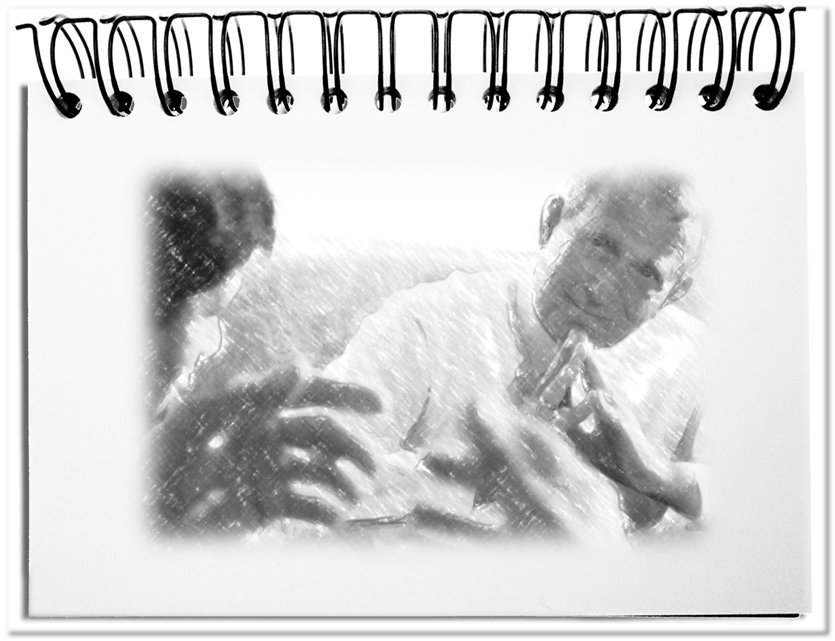A negotiation talk should, for obvious reasons, not be a battle, where one side wins. Once a party is leaving the conversation dissatisfied, the doors for a trustful collaboration are getting smaller. Therefore, any form of unfriendly pressure on the vis-á-vis is counterproductive, because it undermines trust. The personal exchange of positions is the best opportunity to tailor your expectations to the ones of your counterparts. However, this is only possible, if both parties come out of the wood, listen actively and showcase openly their way of looking at things.
Win-win is created by compassionate conversational behavior that is promoted by the following attitudes, among other things.
- Be with the interlocutor
The best way to catch someone else’s position is to fully focus on the conversation by following consciously every word. Your own point of view does not require attention, because in advance you have thought your own position through based on assumptions. The propositions of the counterpart are at this point in time the most current hints to its point of view. - Leaving space for explanations
The formulation style determines the time that someone needs to express its viewpoints clearly. Active Listening means that one does not immediately respond to the first utterance with its respond, but waits, until the speaker had enough room to articulate its understanding. - Summing-up
Good conversations live on mutual understanding. To make sure that you get everything, it’s a good idea to repeat each point of the other and additionally to underline that you understood them. The active listener should pay attention to the mimic and body language of the other person while summarizing. As long as no negative signs are recognizable, you can assume that the other person is satisfied with the interpretation of its propositions. - Eventually make your points
Only now you can offer your own arguments. The closer your own point of view is following the explanation of the other, the more visible become the essential differences. Remember: It is not about winning at all costs, but about achieving a mutually satisfying agreement.
Bottom line: The rare opportunity to discuss a topic directly with the counterpart should not be disturbed by combative rhetoric. Both parties should listen actively, so that the conversation fulfills its purpose. This requires to
- be with the other with your attention,
- to leave room for the interlocutor to express its views,
- to repeat the heard and then
- to answer based on appropriate arguments.
The ideal conversation is a Win-win situation that offers more advantages than disadvantages to both parties. Except: you are at war – which you will not win on the long run.


